Should You Wear Gloves When Using a Table Saw: Find the Reasons
When operating a table saw, safety should always be a top priority. One of the debates in the woodworking community is whether or not one should wear gloves when using this powerful piece of machinery.
According to woodworking experts and from my study, I strongly advise against wearing gloves while operating this tool. Although wearing gloves can help prevent minor cuts, using a table saw while wearing gloves poses a significant risk of getting caught in the rotating blade and suffering severe injuries.
Wearing gloves reduces tactile sensation, diminishing control and accuracy in woodworking. Throughout this article, I’ll explain why gloves can increase the risk of injury. So keep reading for more information.
Why You Shouldn’t Wear Gloves When Using a Table Saw?
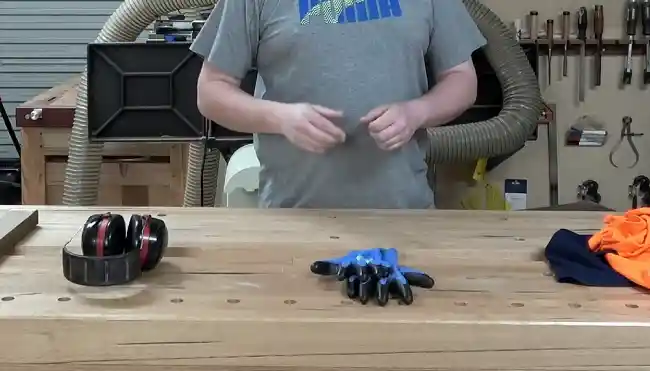
Having conducted extensive research, I can confidently say that wearing gloves while using a table saw is bad. I have listed several reasons in the following section:
- Increased risk of accidents
- Reduced tactile sensation
- Difficulty in handling small pieces
- Risk of reduced sensitivity to machine vibrations
- Inability to feel the cutting tool
- Heat retention and slippery surfaces
- Difficulty in emergency response
- Risk of distraction and comfort issues
1. Increased Risk of Accidents
I strongly advise against wearing gloves when using a table saw because doing so significantly increases the risk of accidents, especially when cutting angle cuts. The rotating blade of a table saw is already a constant threat, and gloves only add to the danger.
The material of the gloves can easily get caught in the blade, pulling hands and fingers into the equipment. This can result in severe injuries such as cuts, lacerations, and even more catastrophic harm.
Gloves are intended to protect hands, but they can increase the likelihood of accidents in this case. Prioritize safety when using a table saw, and one of the best ways to do so is to avoid using gloves.
2. Reduced Tactile Sensation
Wearing gloves when using a table saw hampers tactile sensation, diminishing control and increasing the risk of mispositioned hands and inaccurate cuts. The sense of touch is crucial for woodworking precision.
Without gloves, we can feel the subtle nuances of the material and the cutting tool, allowing us to make precise adjustments and maintain control over the workpiece.
However, gloves create a barrier between our hands and the wood, reducing our ability to feel and react to changes in texture, temperature, or vibrations. This lack of tactile feedback can lead to misjudgments in hand placement and result in inaccurate cuts.
Therefore, avoiding wearing gloves when operating a table saw is essential to ensure optimal control and accuracy.
3. Difficulty in Handling Small Pieces
Thick or loose-fitting gloves can hinder the ability to grip and manipulate intricate components effectively. The added bulk and reduced dexterity make it harder to pick up small pieces and maintain precise control.
This difficulty in handling can lead to frustration and errors in workmanship, compromising the quality of the finished product. While wearing gloves for protection is important, it’s equally crucial to consider the specific needs of the task.
When working with small pieces, it’s advisable to remove gloves to ensure optimal control and precision. Prioritizing safety and attention to detail will ultimately result in better woodworking outcomes.
4. Risk of Reduced Sensitivity to Machine Vibrations
Wearing gloves while operating a table saw greatly reduces sensitivity to machine vibrations, which is critical for working safely. Machine vibrations can indicate problems such as imbalance or malfunction, and sensing these vibrations is essential for detecting warning signs.
Wearing gloves significantly diminishes the ability to feel these vibrations, increasing the risk of overlooking important cues. You’re more likely to get hurt without the ability to spot potential problems. Avoid wearing gloves when operating a table saw to ensure a safer working environment.
5. Inability to Feel the Cutting Tool
The sense of touch is crucial in woodworking, as it allows the craftsman to gauge the pressure and make precise adjustments while operating the table saw. Wearing gloves creates a barrier between the hands and the cutting tool, diminishing sensitivity and control.
This lack of tactile feedback increases the risk of accidents and compromises the quality of the woodworking project. Having direct contact with the cutting tool is essential to assess the material and make necessary adjustments accurately.
6. Heat Retention and Slippery Surfaces
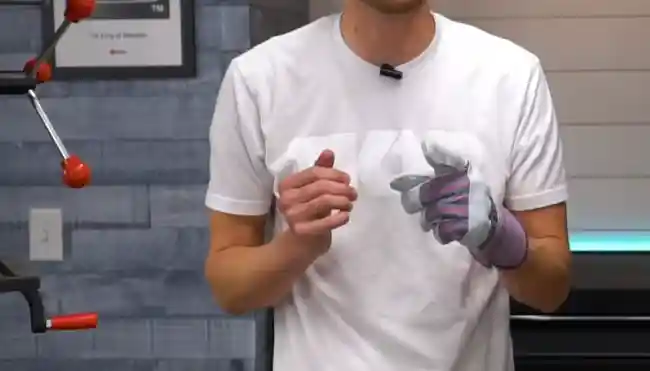
When working with a table saw, the hands can become hot and sweaty, causing moisture to accumulate within the gloves.
This can make the surface of the gloves slippery and reduce your ability to maintain a firm grip on the material you’re cutting. Slippery gloves compromise your control over the work and increase the risk of accidental slips and injuries.
Without gloves, you can feel the texture and temperature of the material, allowing you to judge your movements better and make precise cuts. Therefore, avoiding gloves when operating a table saw is recommended to ensure optimal safety and control.
7. Difficulty in Emergency Response
When faced with an emergency, time is of the essence. Wearing gloves adds an extra layer of complexity that can impede a swift and efficient response.
In high-stress situations, removing gloves quickly and effectively can prove challenging, potentially leading to delays in critical actions necessary to prevent further harm.
Gloves can hinder the ability to assess and address injuries promptly and limit dexterity and tactile sensitivity, which are crucial for providing immediate first aid. Emergency responders need unhindered access to the affected area, and the presence of gloves can hinder their ability to provide timely assistance.
8. Risk of Distraction and Comfort Issues
Wearing ill-fitting or uncomfortable gloves while using a table saw can significantly increase the risk of distraction and hinder overall comfort.
When gloves don’t fit properly, woodworkers may find themselves constantly adjusting or fidgeting with them, diverting their attention from the task at hand. This distraction can be dangerous, as it takes focus away from operating the table saw safely.
Moreover, uncomfortable gloves can decrease concentration and focus, further heightening the risk of accidents. When working with power tools like a table saw, it’s crucial to maintain full attention and be comfortable to ensure optimal performance and safety.
What should you wear when working on the table saw?
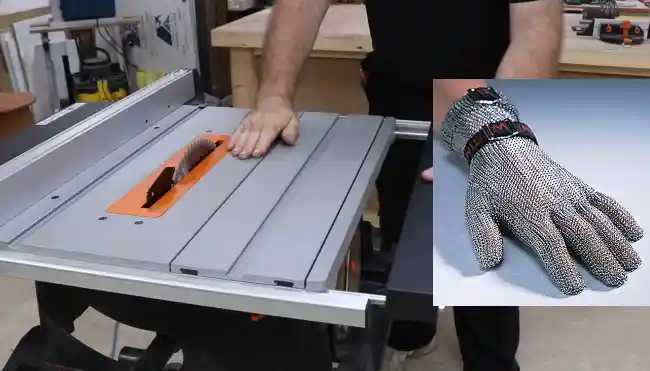
I always suggest wearing safety goggles, hearing protection, and suitable footwear when working on the table saw. These safety measures are crucial to protect yourself from potential hazards.
Safety goggles or a face shield with safety glasses are essential for eye protection against flying debris. Hearing protection, such as earplugs or earmuffs, is necessary to prevent long-term hearing damage caused by the noise generated by the table saw.
Suitable footwear is also important to protect my feet from potential injuries, such as falling objects or accidental contact with the saw blade.
Avoid Wearing Gloves When Working on a Table Saw for Added Safety
In my honest assessment, gloves are not recommended for use with a table saw. Safety, precision, and control are crucial when operating this powerful machinery.
Wearing gloves can increase the risk of injuries due to a lack of control and sensitivity, the chance of getting caught in the blade, and the potential of hidden injuries.
So, it’s best to avoid wearing gloves and instead focus on wearing appropriate safety gear, such as safety glasses, ear protection, and a well-fitting shirt. Follow the professional advice of the woodworking community, and let’s stay safe while building beautiful woodcrafts.

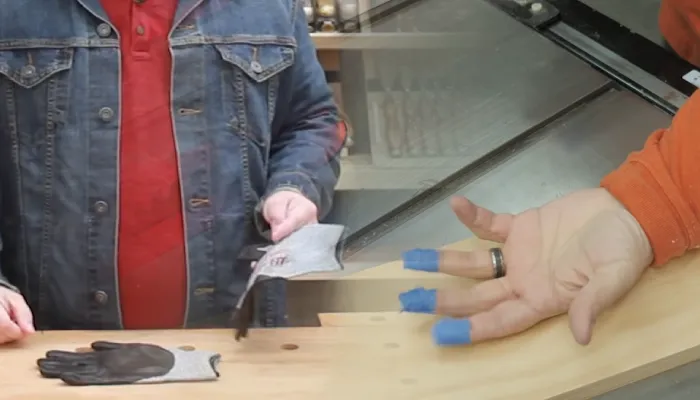
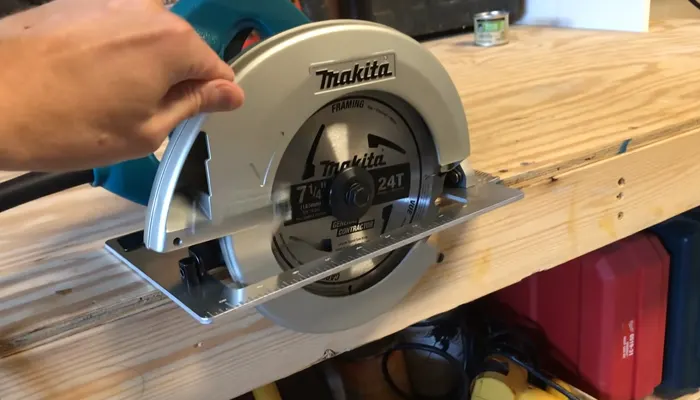
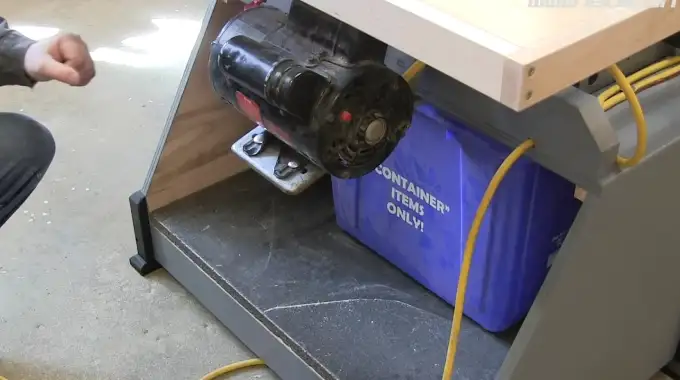
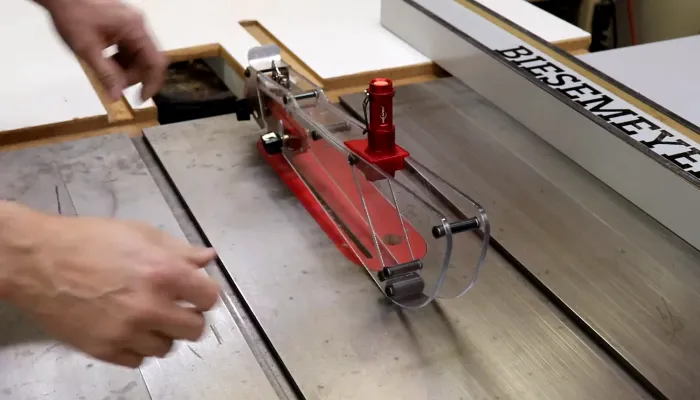
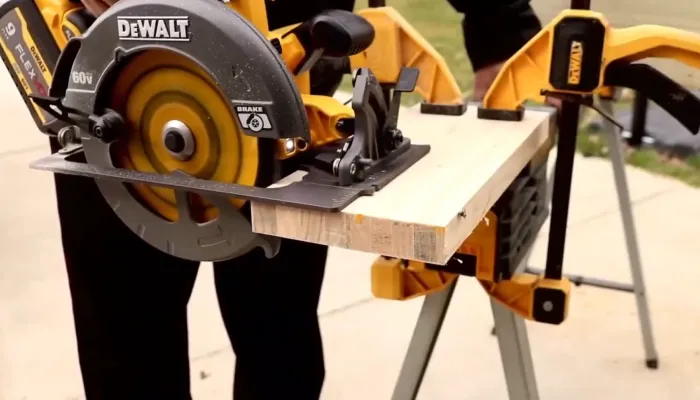
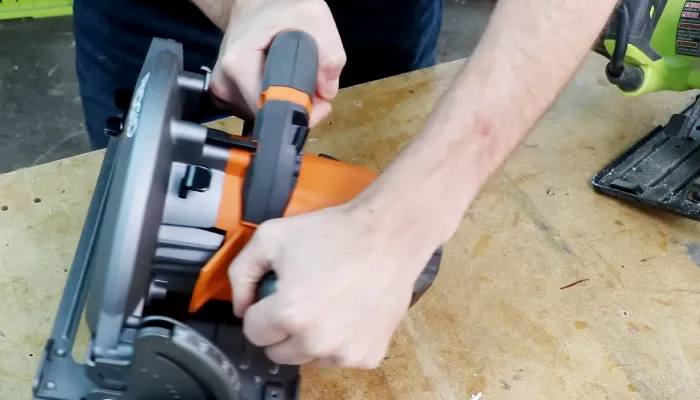
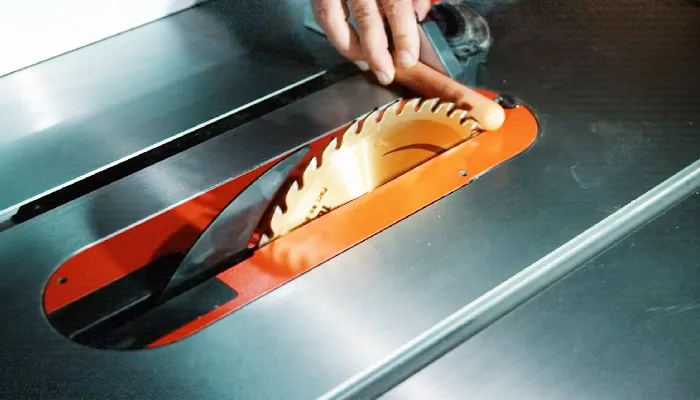
Thanks for the great advice. It’s been very helpful.
My pleasure. 🙂